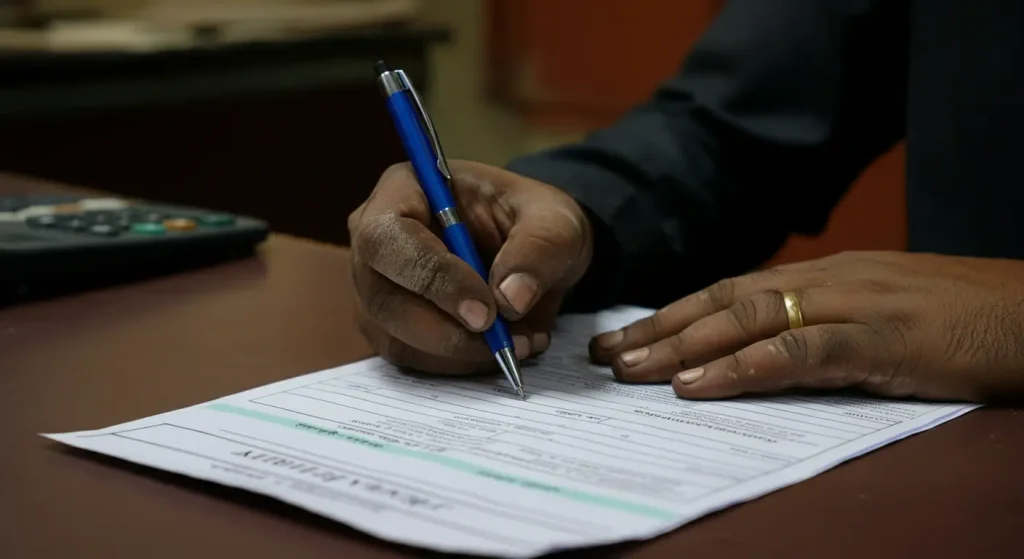In India, the relationship between landlords and tenants is governed by various laws, including state-specific Rent Control Acts. A legally sound rent agreement is not just good practice; it’s crucial for ensuring compliance and protecting yourself from potential liabilities. A well-structured agreement serves as a vital document that clarifies the rights and responsibilities of both parties, preventing disputes and ensuring a smooth tenancy. This listicle delves into 10 essential clauses that must be included in your rent agreement to adhere to Indian rental regulations, safeguarding your interests and ensuring a legally compliant and hassle-free rental experience.
1. Parties Involved:

- Landlord: Full name, address, and contact information.
- Tenant: Full name, address, and contact information.
This section clearly identifies the landlord and tenant involved. Having this information ensures there is no confusion about who is bound by the agreement.
Legal Importance: Clearly identifies the parties bound by the agreement.
2. Property Details

- Complete address of the property being rented.
- Type of property (apartment, house, etc.).
- Description of included furnishings, fixtures, and amenities.
This section provides a detailed description of the rented premises, ensuring both parties understand exactly what is included in the rental agreement.
Legal Importance: Defines the exact premises covered by the agreement.
3. Rent Amount and Payment:

- Monthly rent amount.
- Due date for payment.
- Mode of payment (bank transfer, cheque, etc.).
- Late payment penalties (if any).
This clause outlines the tenant’s financial obligations, specifying the rent amount, due date, payment method, and any penalties for late payments
4. Security Deposit:

- Amount of security deposit.
- Conditions for refund or forfeiture.
- Timeframe for refund.
This part details the security deposit amount and the conditions under which it will be refunded or forfeited, protecting the landlord’s investment. As per the Draft Model Tenancy Act of 2019, the security deposit can not be more than 2 months of rent for residential premises and not more than 6 months for non-residential premises.
5. Lease Term and Renewal:

- Start and end dates of the lease.
- Renewal procedure.
- Notice period for renewal or termination.
This clause defines the tenancy duration, including the start and end dates, and outlines the process for lease renewal or termination.
6. Maintenance and Repairs:

- Landlord and tenant responsibilities.
- Procedure for reporting and addressing repairs.
This section clarifies who is responsible for property upkeep, with tenants typically handling minor repairs and landlords responsible for major structural issues.
7. Subletting:

- Whether subletting is permitted.
- Conditions for subletting, if allowed.
This clause specifies if the tenant can sublet the property and under what conditions, usually requiring the landlord’s prior written consent.
8. Use of Premises:

- Permitted use (residential, commercial).
- Prohibition of illegal activities.
This section defines the allowed use of the property and explicitly prohibits any illegal activities on the premises, protecting the landlord.
9. Termination Clause:

- Conditions for termination by either party.
- Notice period required.
- Consequences of early termination.
This clause outlines how the agreement can be terminated, including the required notice period and any penalties for early termination.
10. Governing Law and Jurisdiction:

- States the agreement is governed by Indian law.
- Specifies the jurisdiction for dispute resolution.
This part establishes the applicable legal framework and the court where any disputes will be resolved, ensuring legal clarity.






